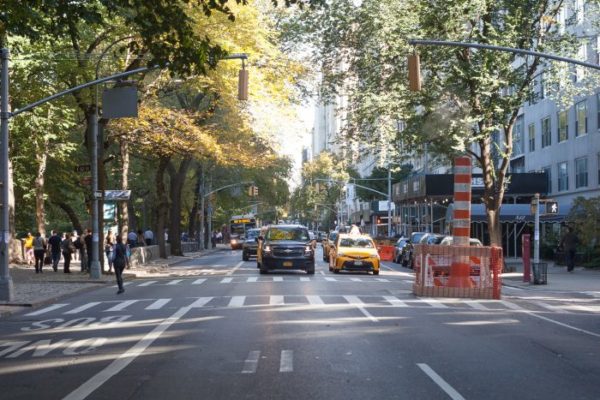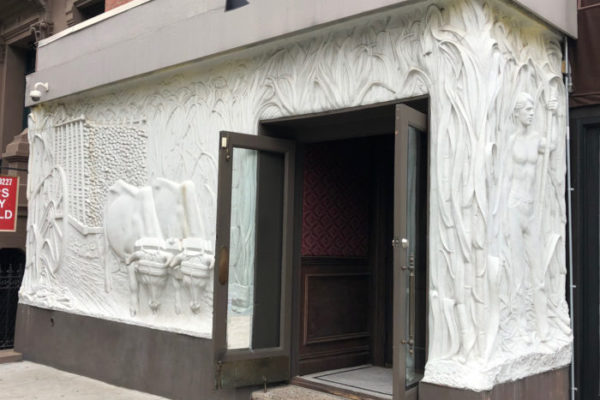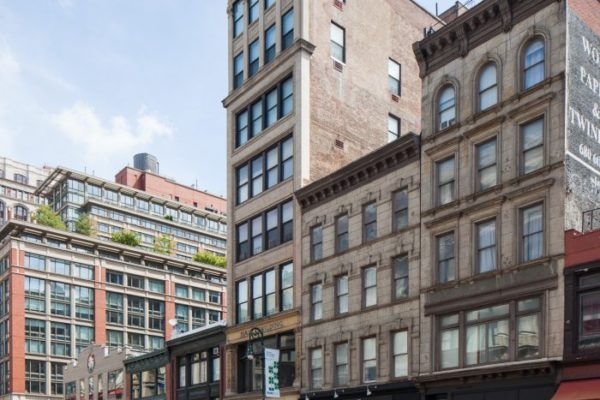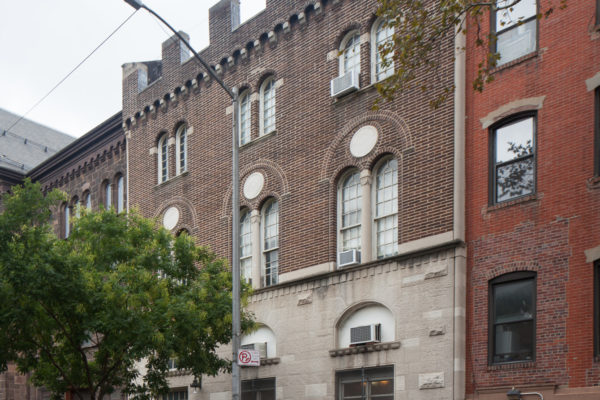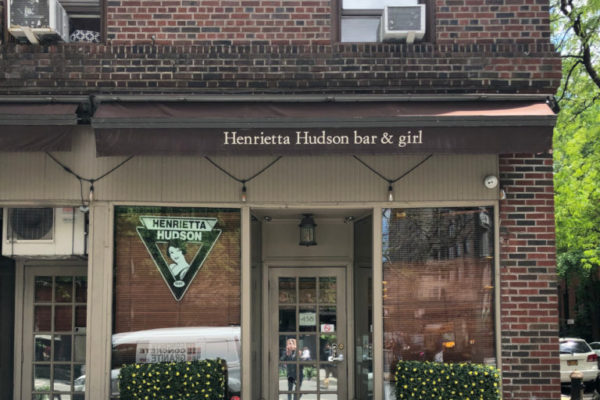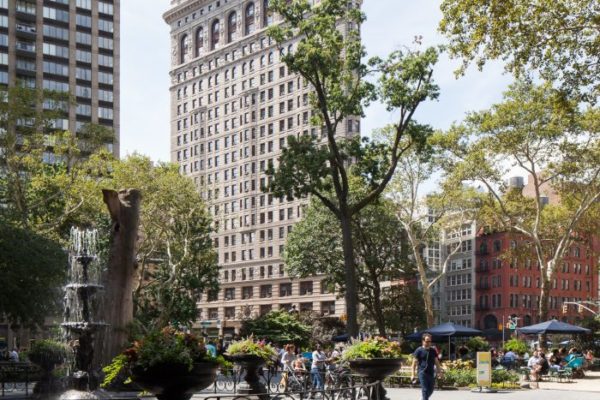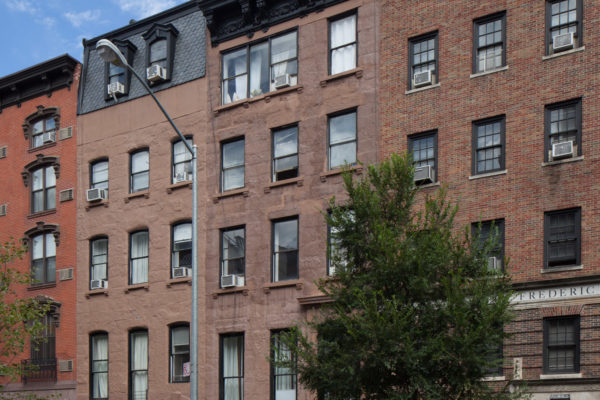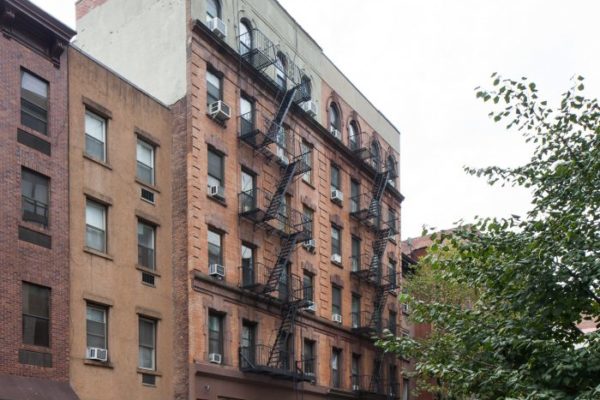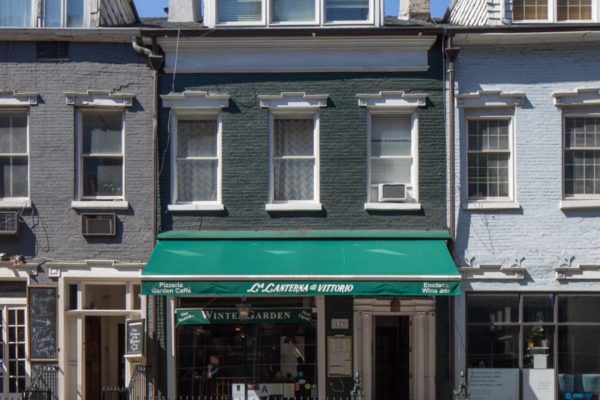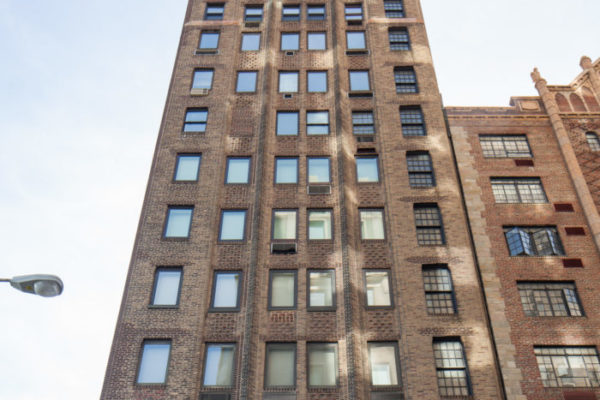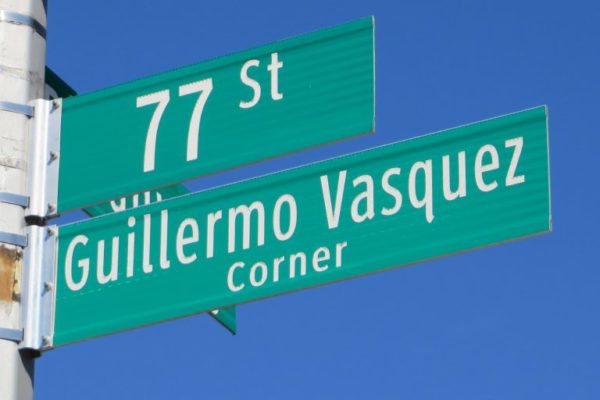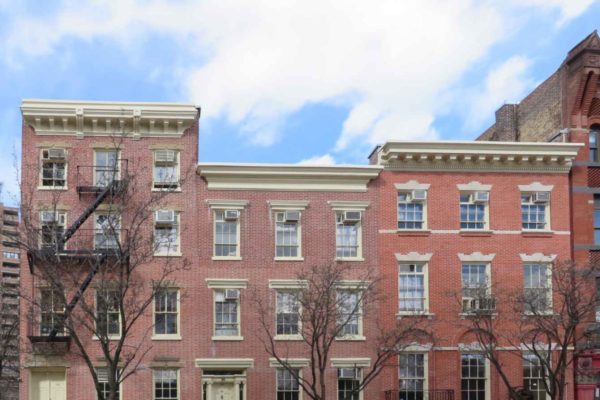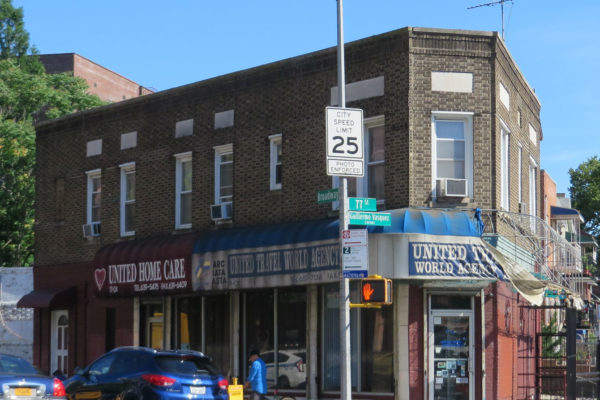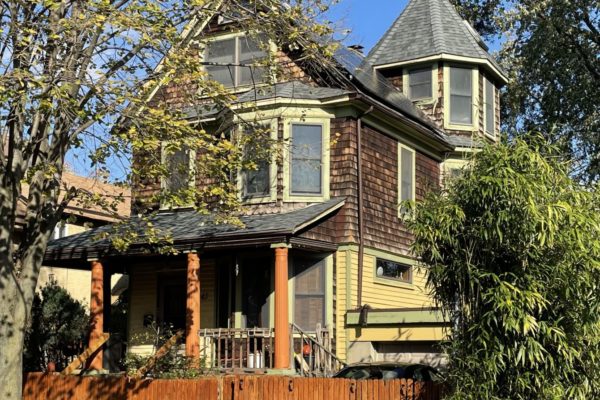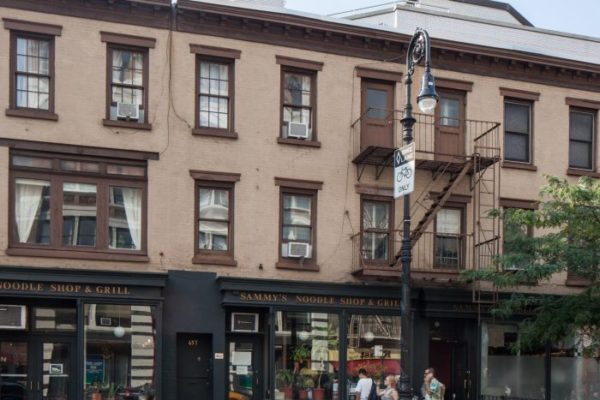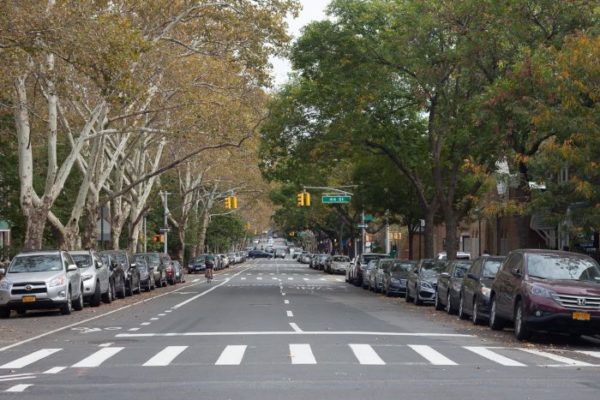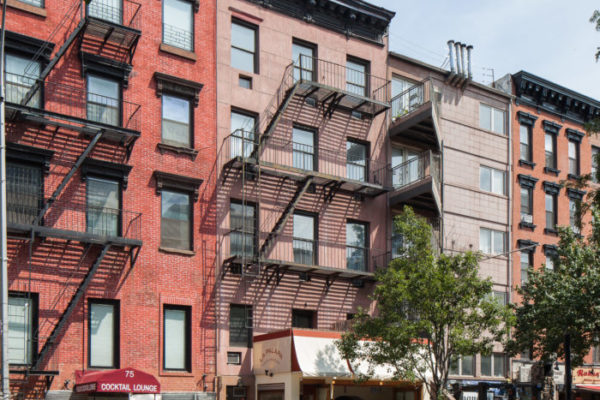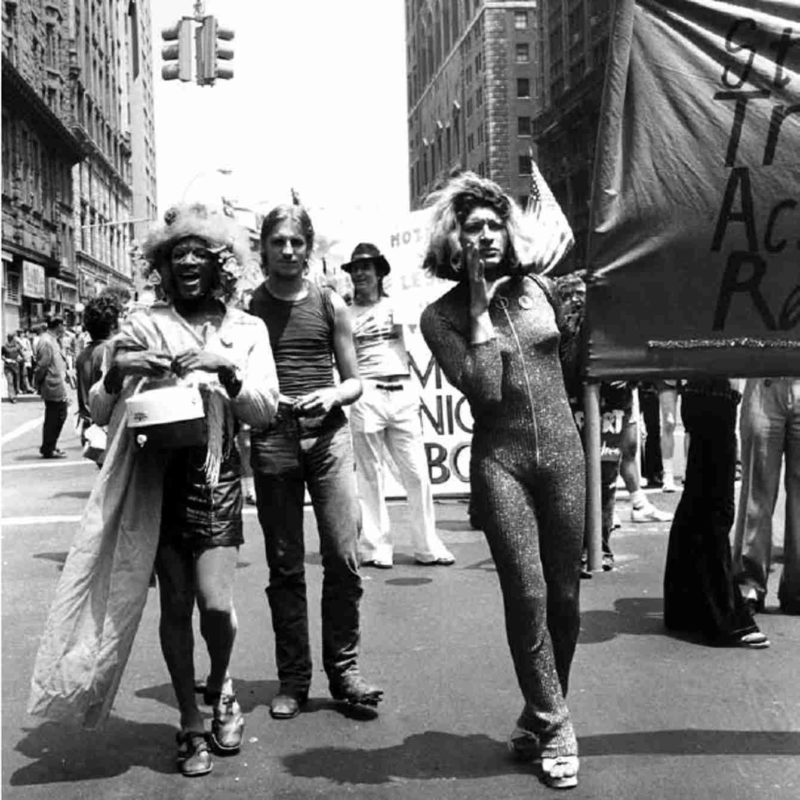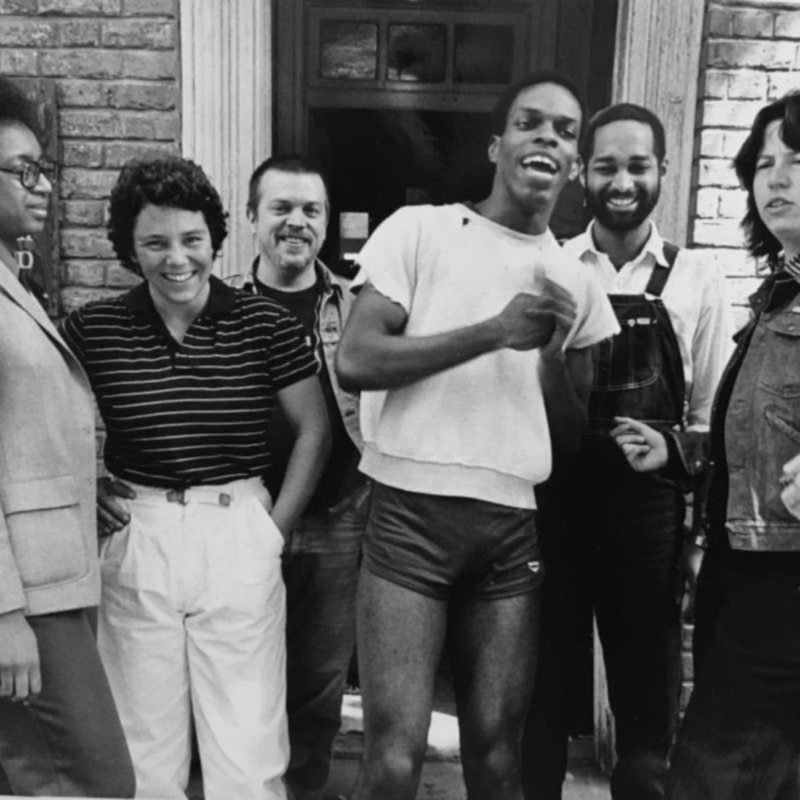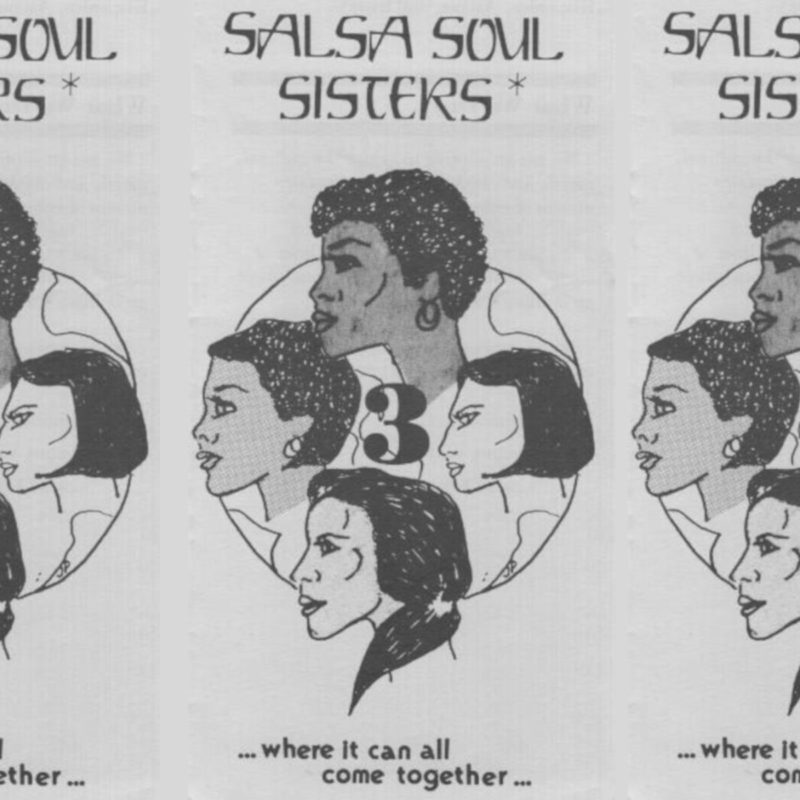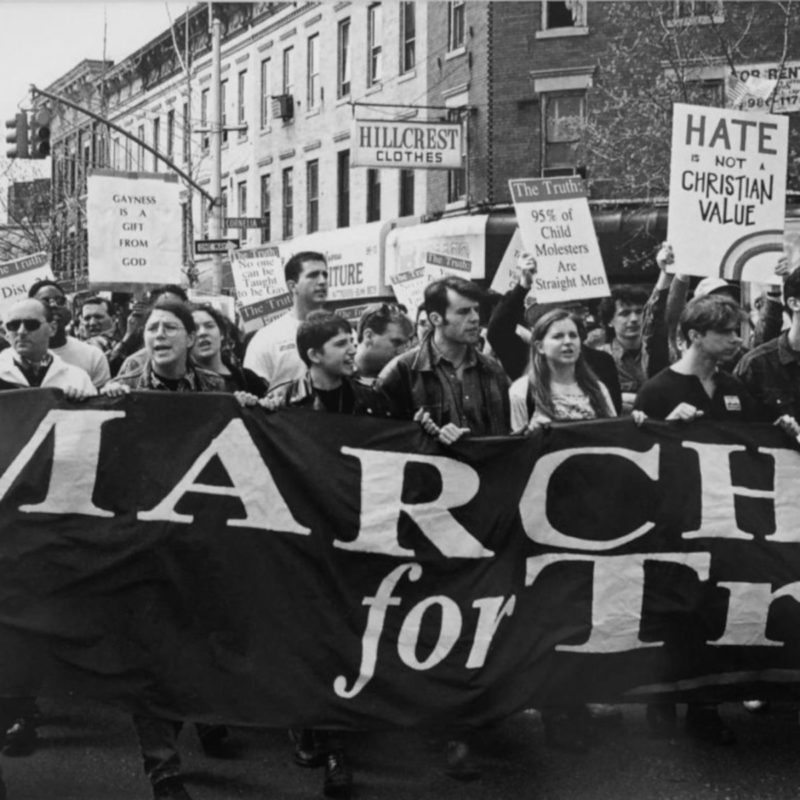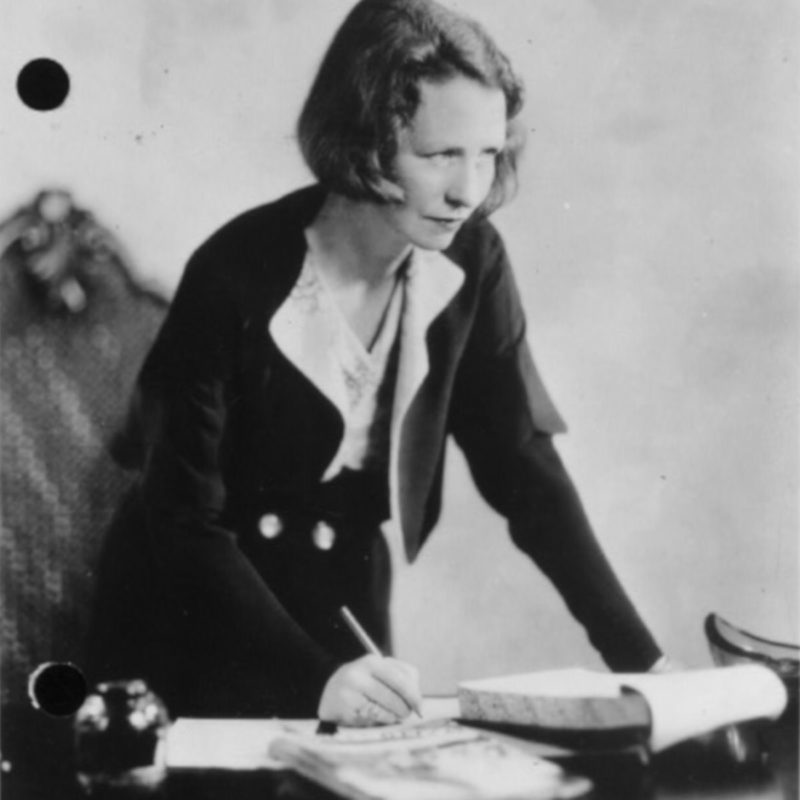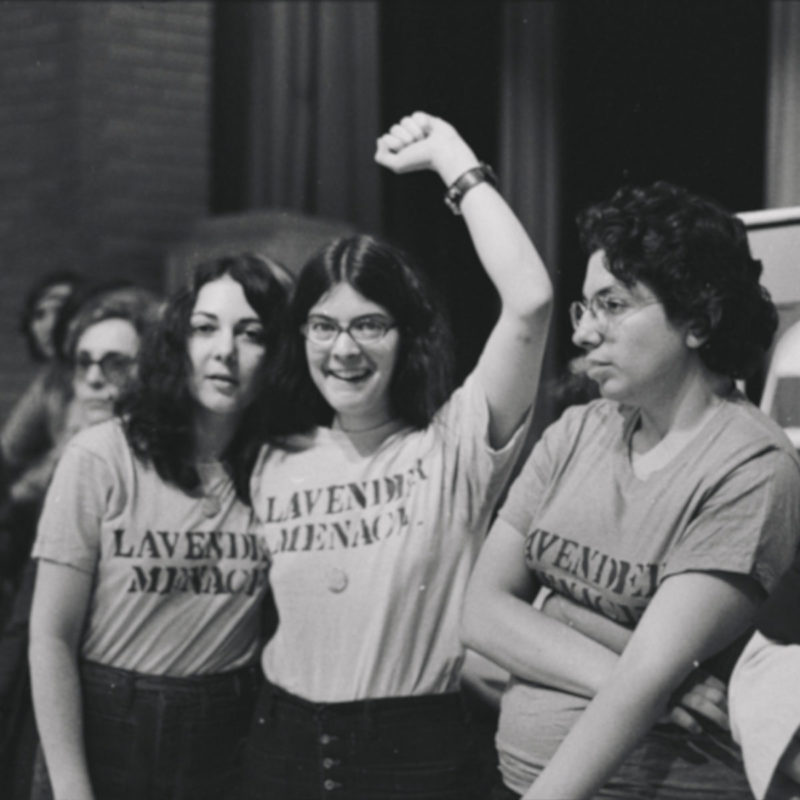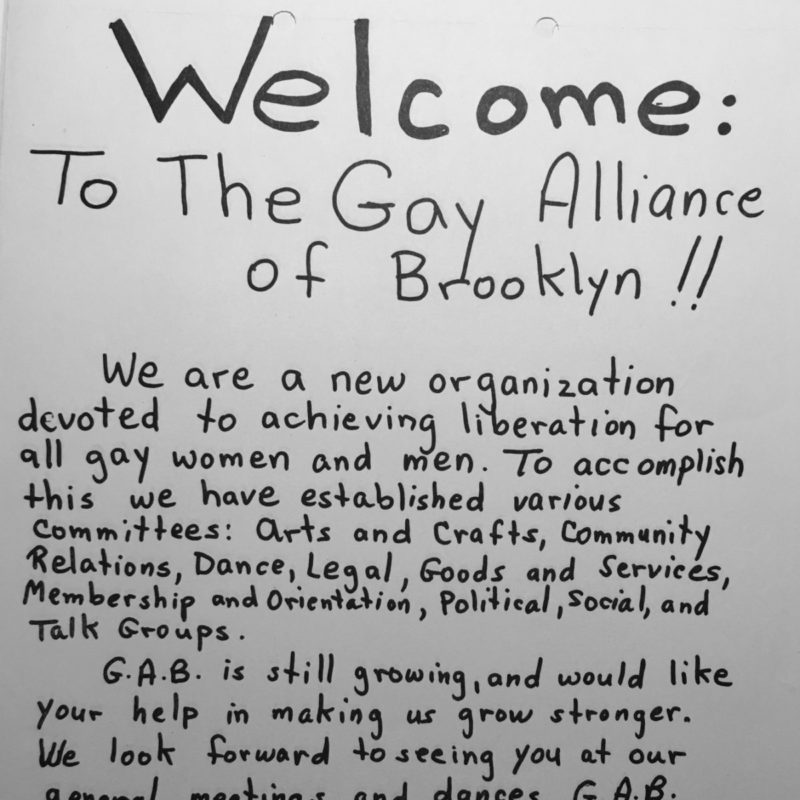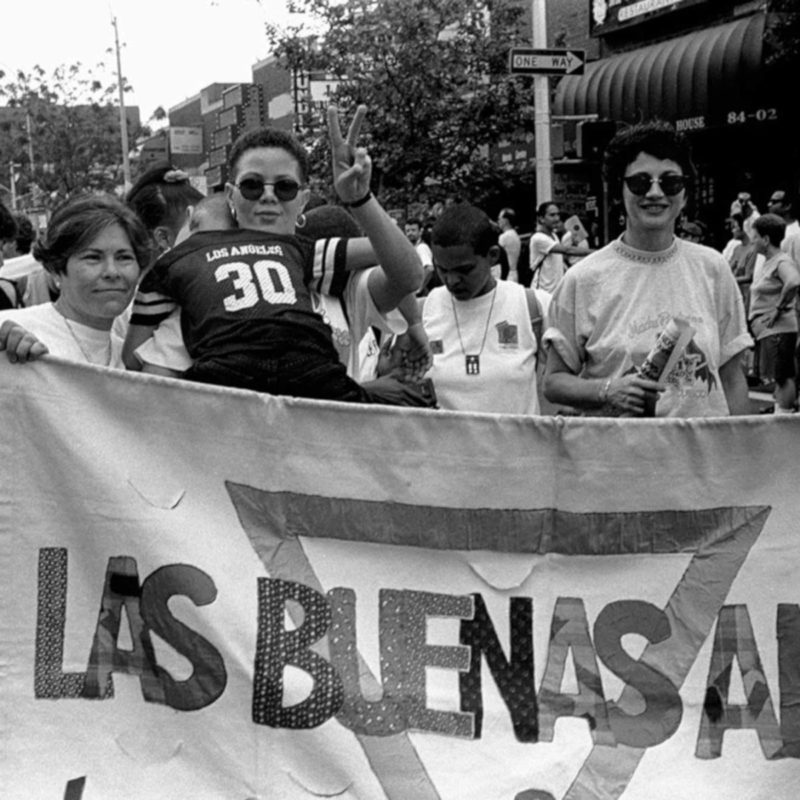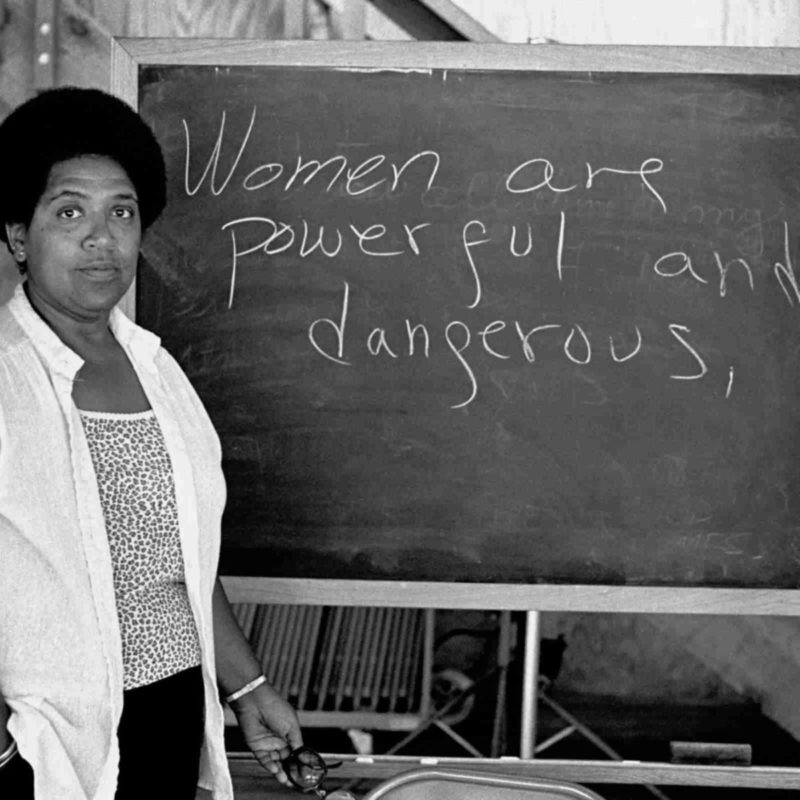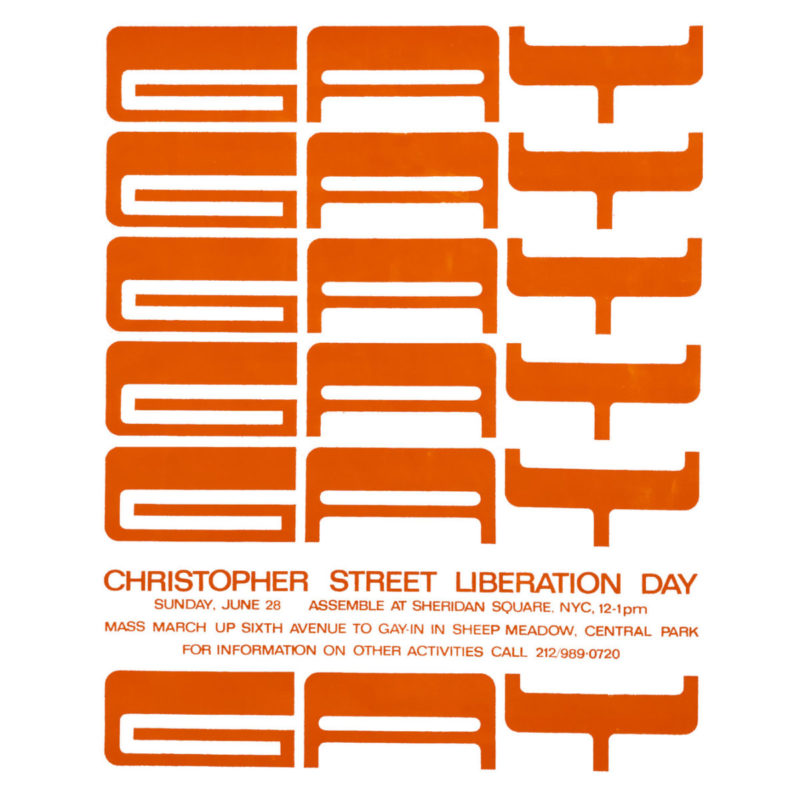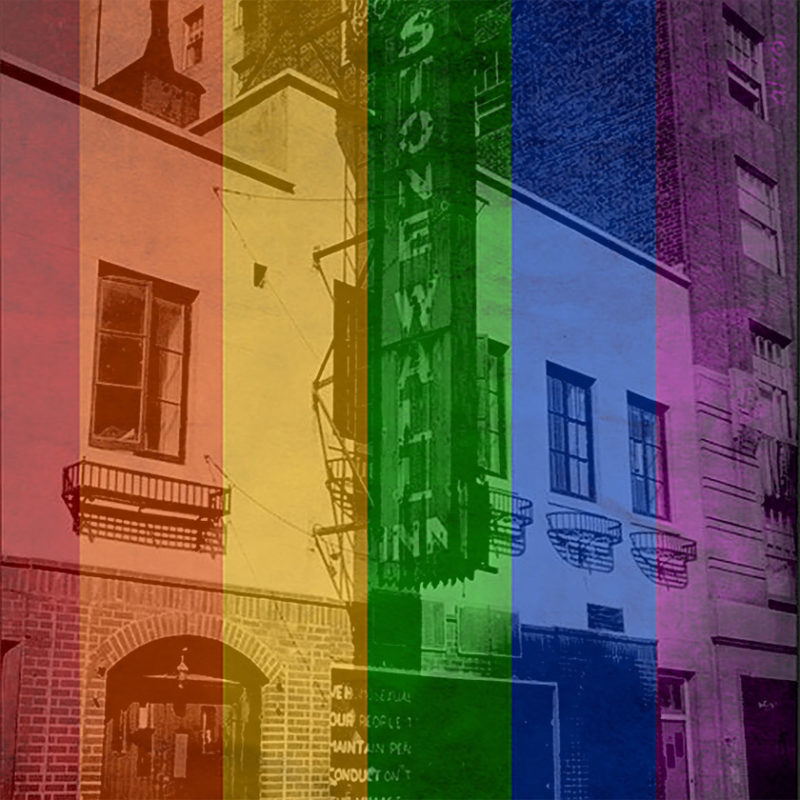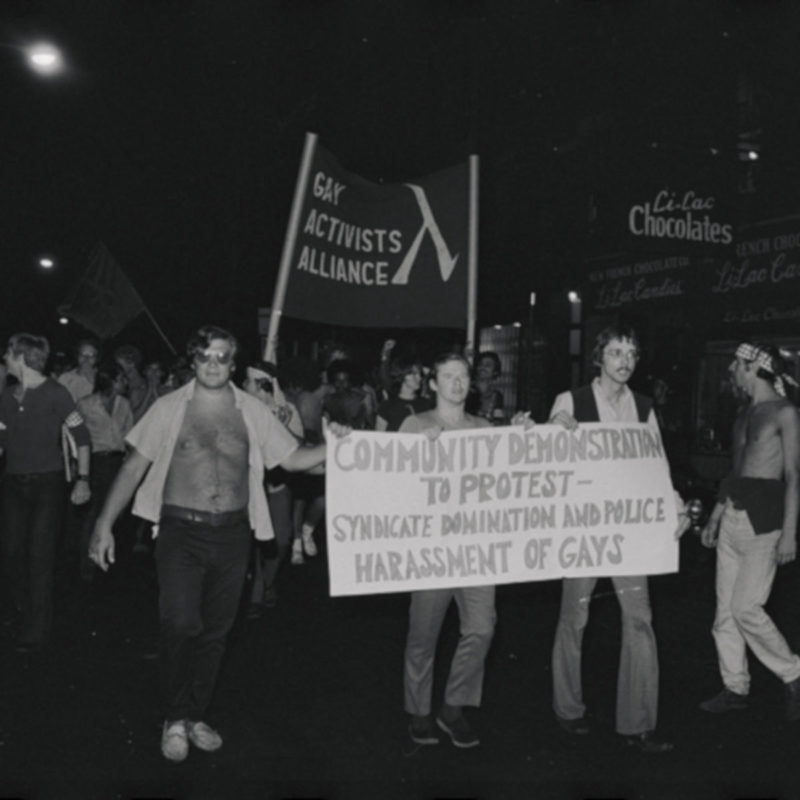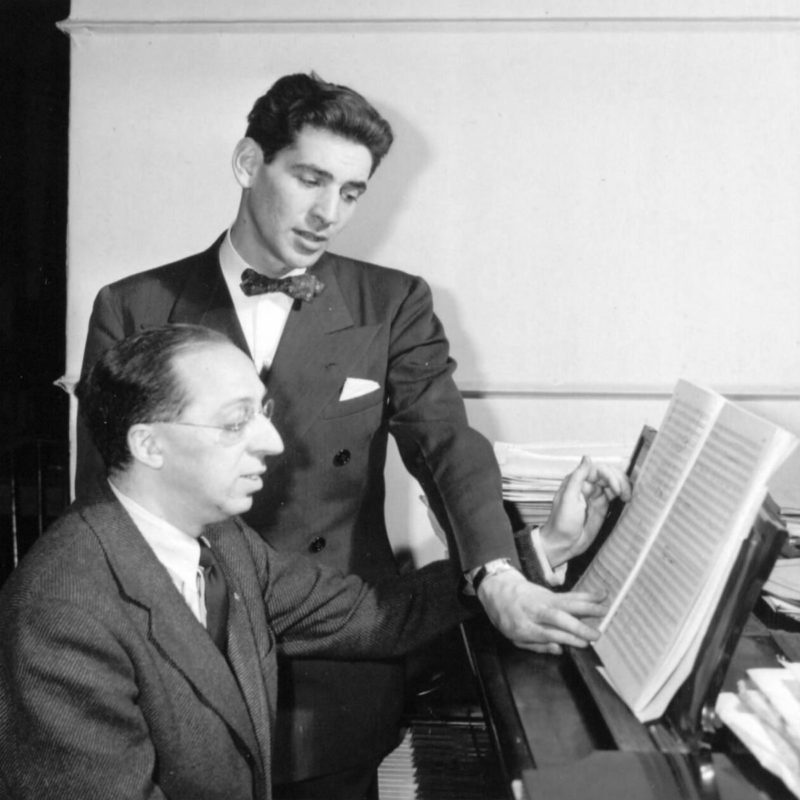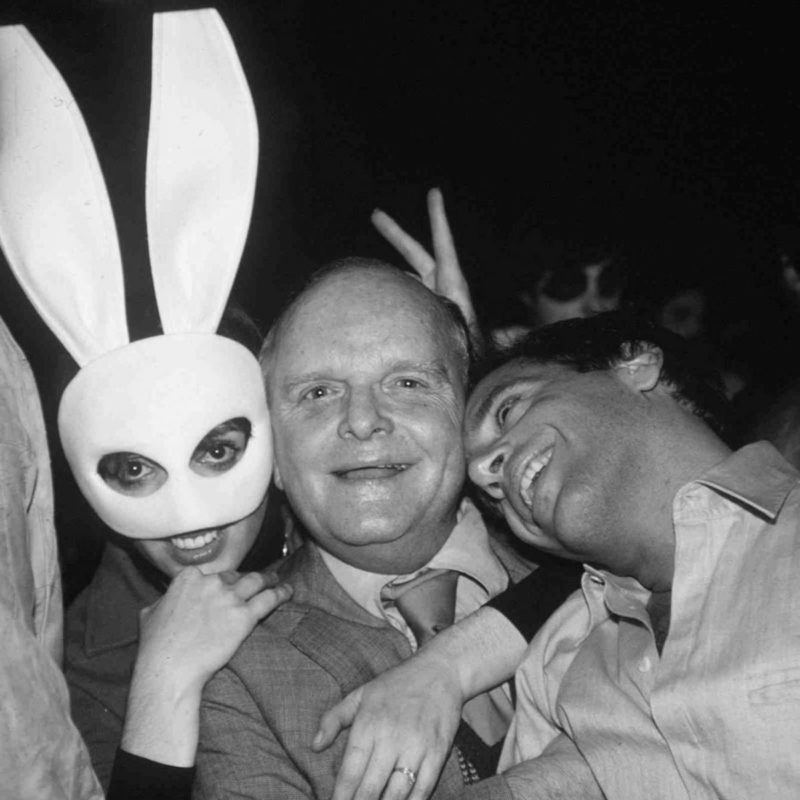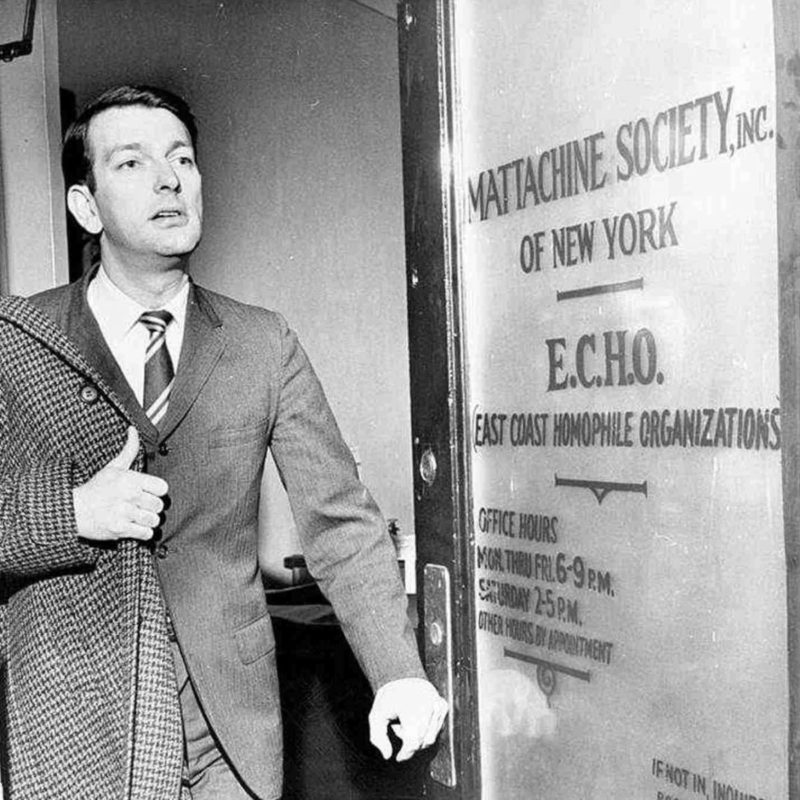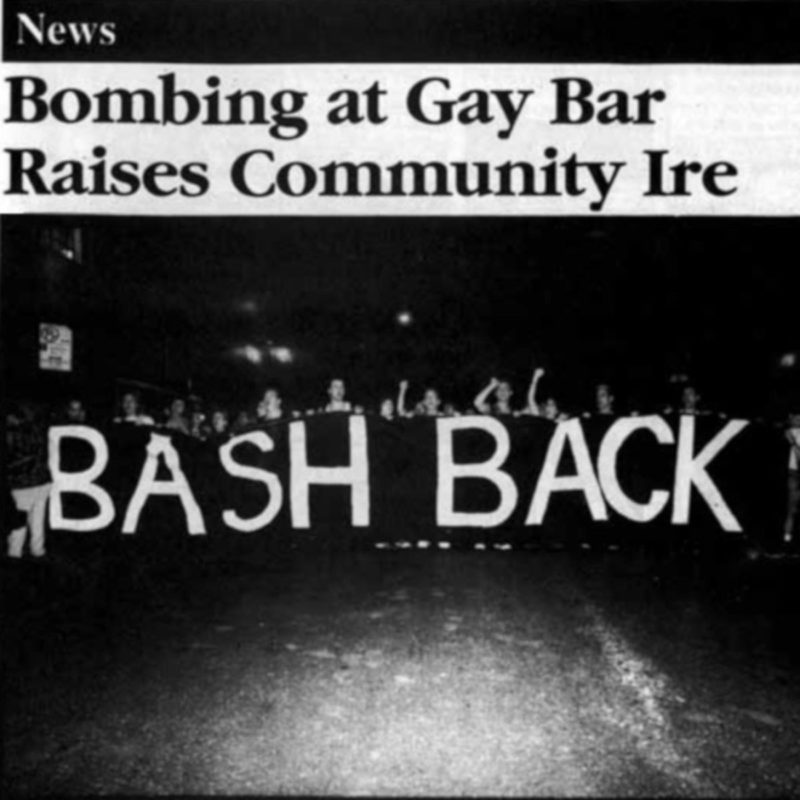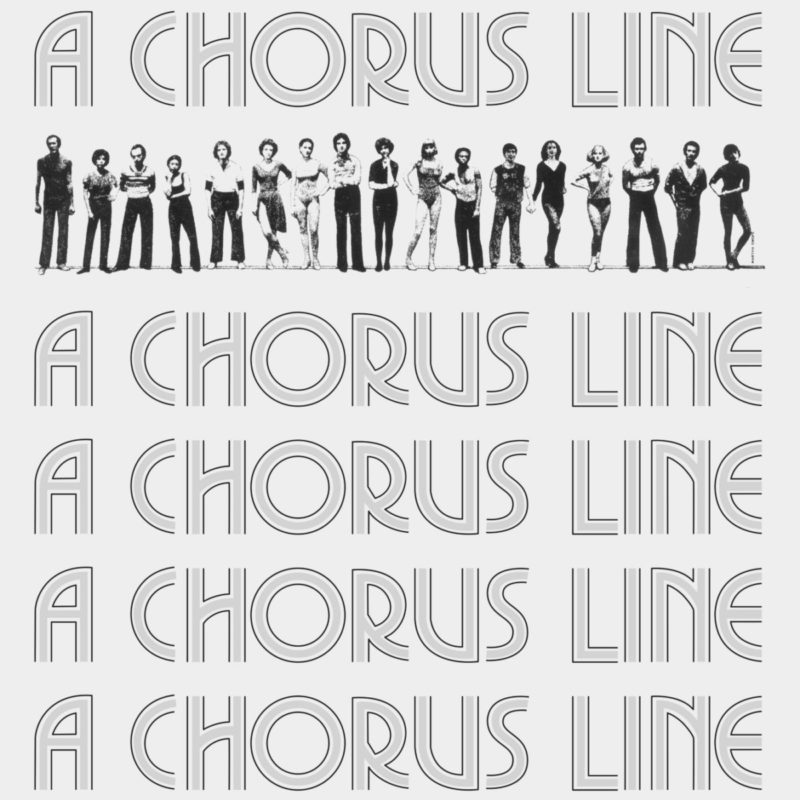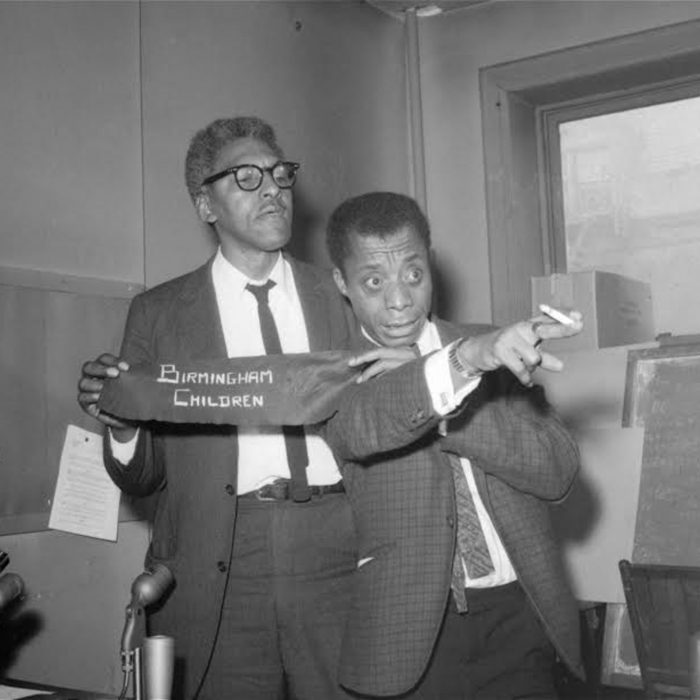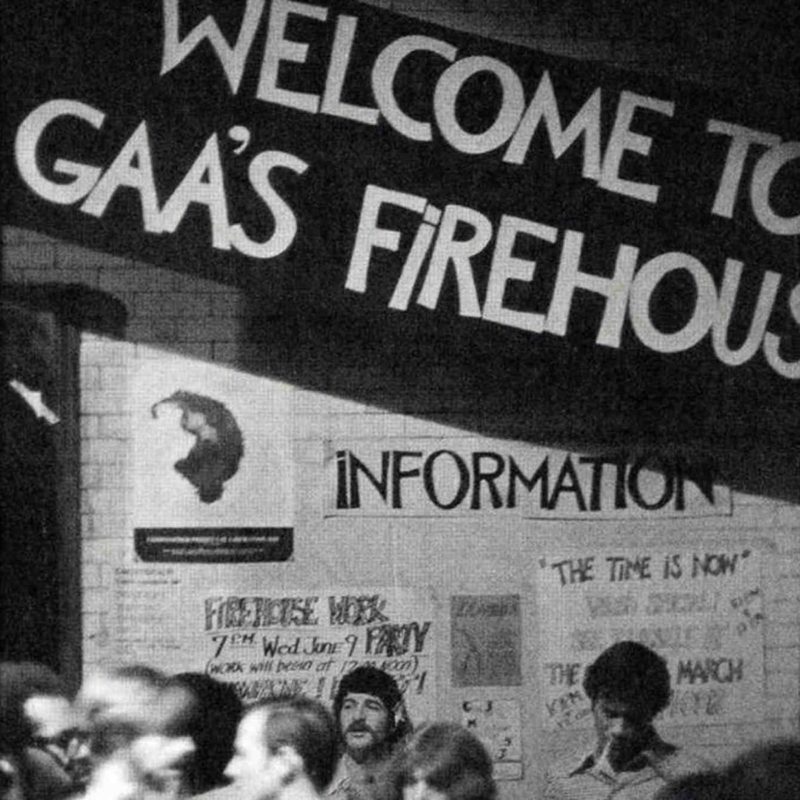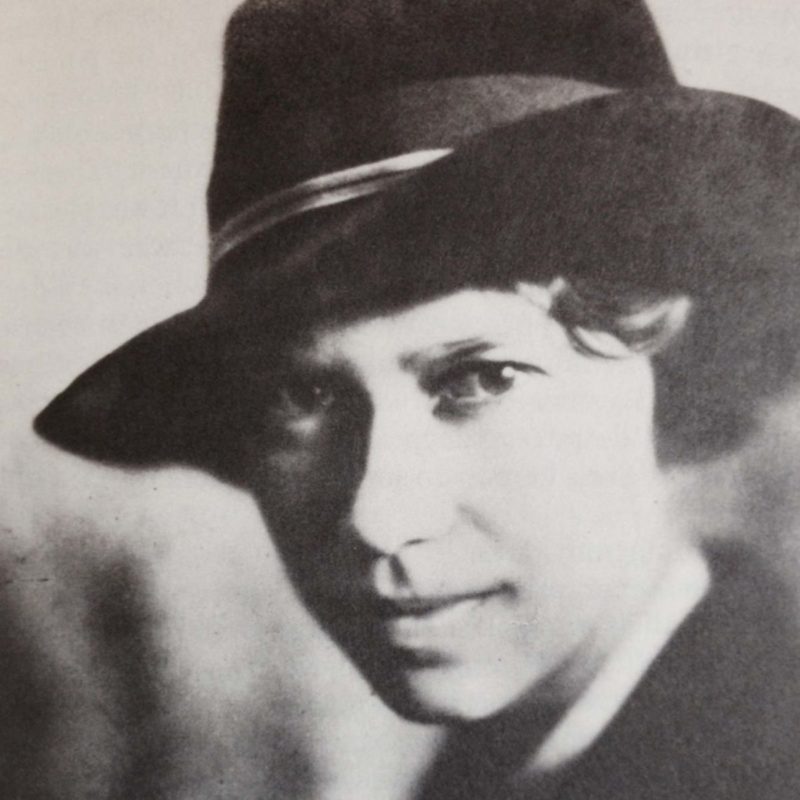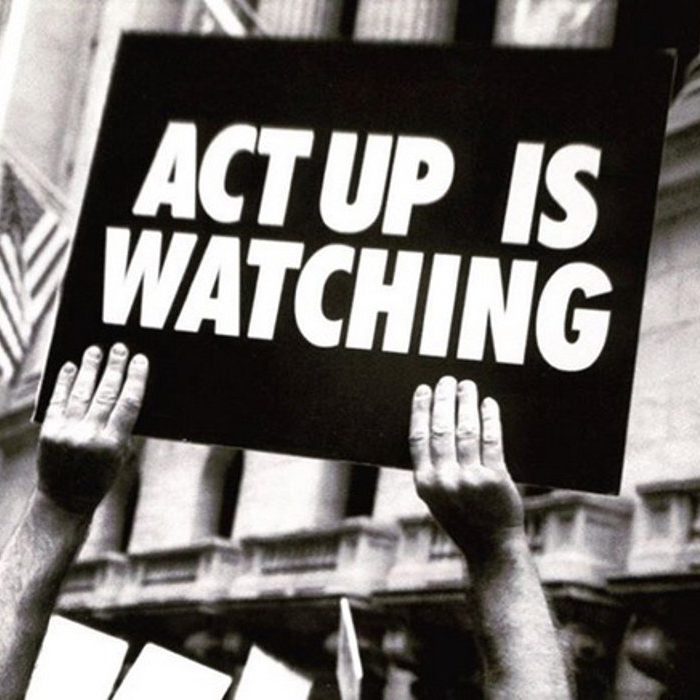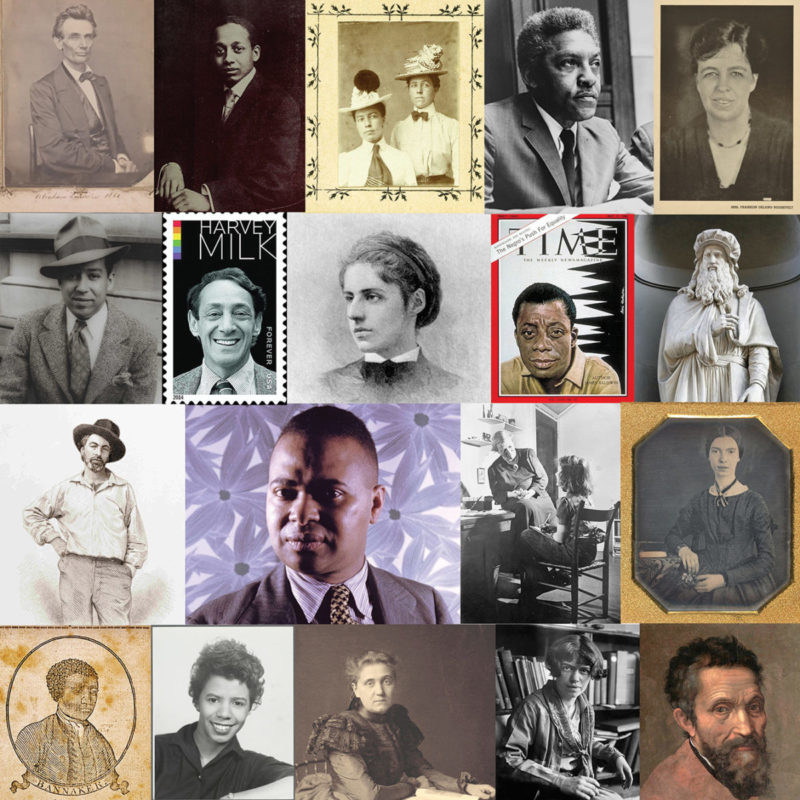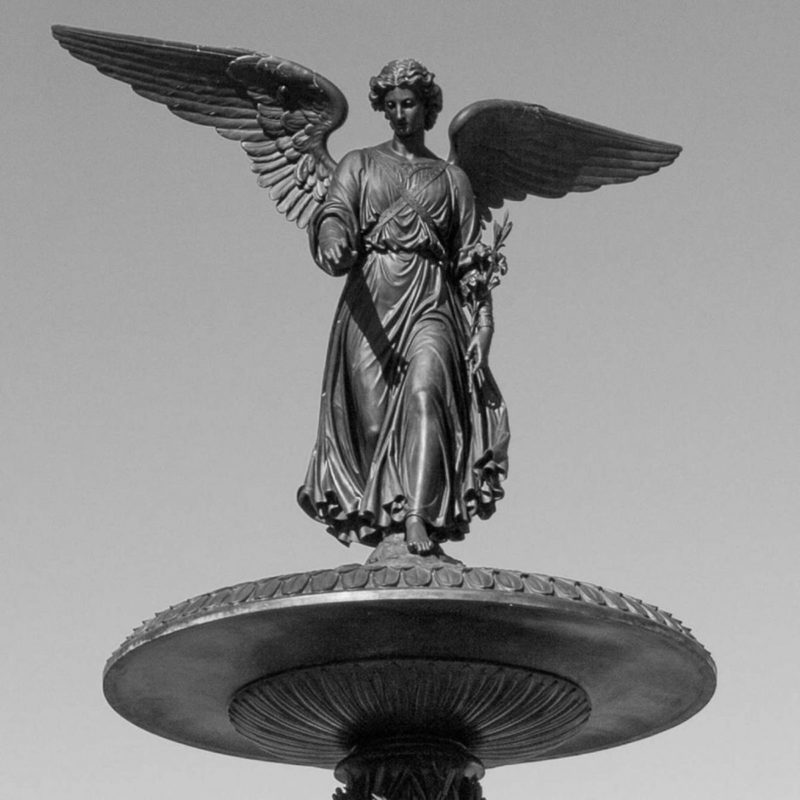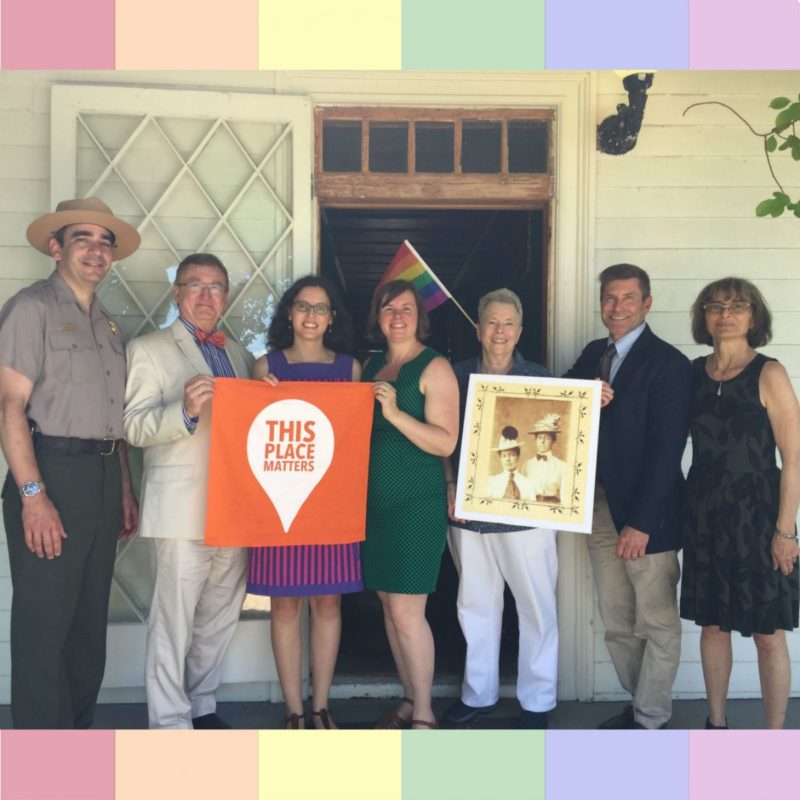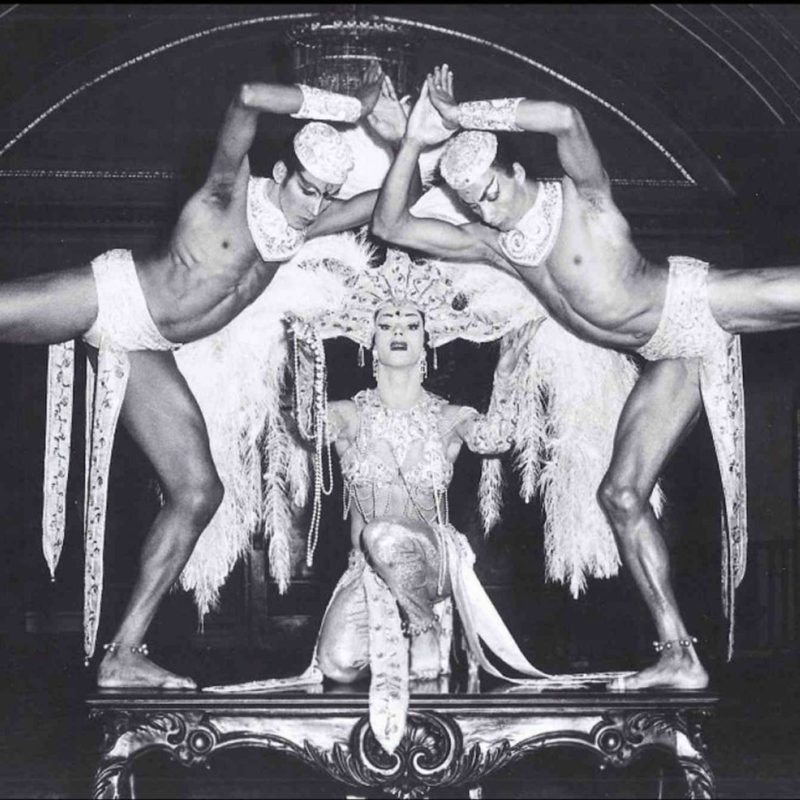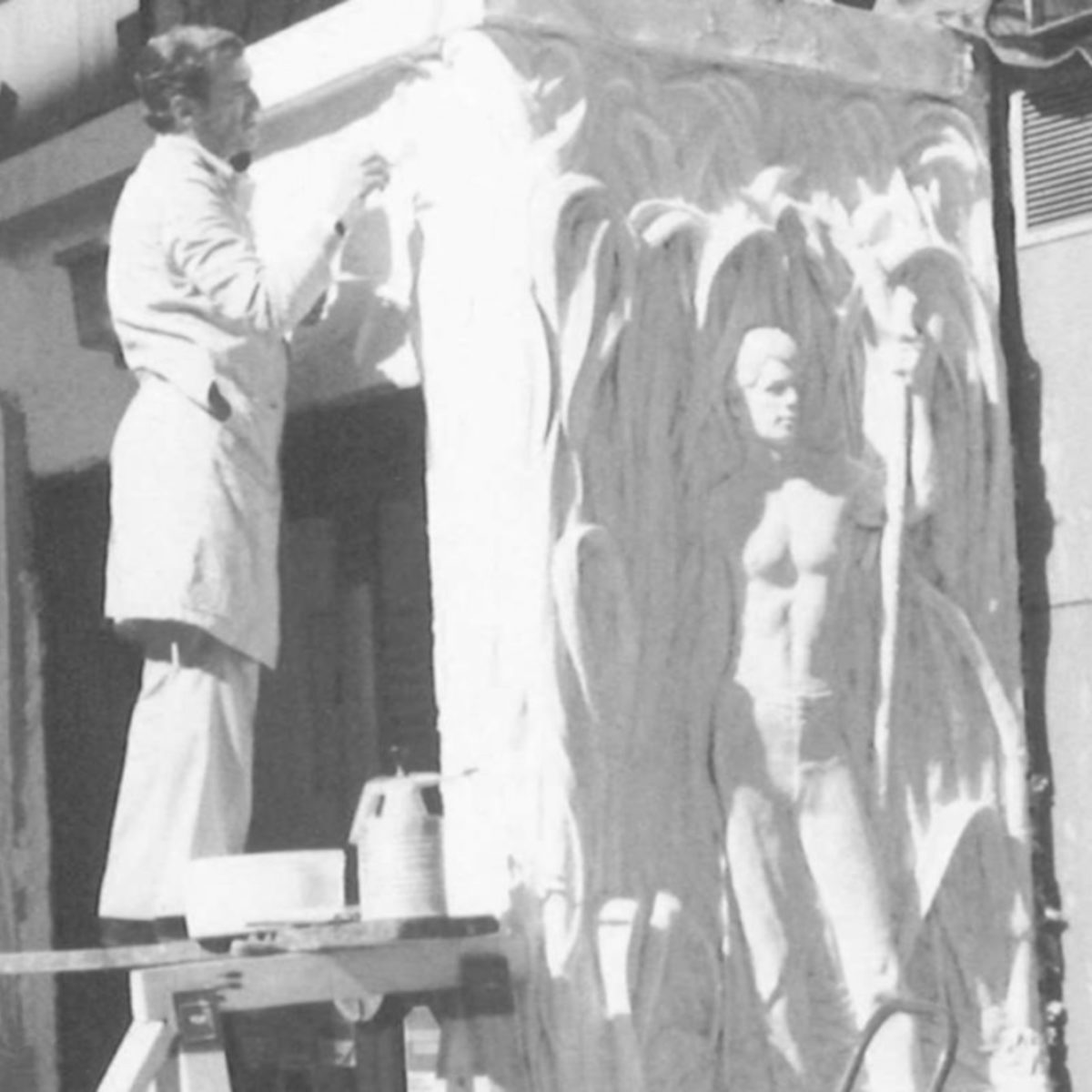
City of Immigrants
overview
For centuries, the character of New York City has been shaped by waves of immigration from all parts of the globe.
LGBT immigrants have left their own mark on the city’s history and culture as entrepreneurs, artists, writers, and activists.
This collection highlights sites associated with LGBT people who arrived in New York from all over the world during the 19th and 20th centuries. It also includes still-operating institutions and organizations that were founded by American-born LGBT New Yorkers to assist immigrant populations.
Historic Sites in City of Immigrants
The first German-American Steuben Parade, celebrating German-American heritage, was held in 1958. Named for the hero of the American Revolution, Baron Friedrich Wilhelm Augustus von Steuben, it inadvertently honors a... Learn More
For nearly 40 years, gay artistic director Max Ferrá led INTAR, a Latino theater company first known as Asociación de Arte Latinoamericano (ADAL) when it was located in this building... Learn More
The groundbreaking Audre Lorde Project (ALP), founded in 1994, has been located in the parish house of Lafayette Avenue Presbyterian Church, in Fort Greene, Brooklyn, since 1996. Credited as the... Learn More
For several years in the 1990s, the South Asian Lesbian and Gay Association (SALGA) led “Desi Dhamaka” protests in Madison Square Park in response to being banned from participating in... Learn More
Poet Elsa Gidlow, though largely associated with the San Francisco Bay Area, likely wrote her groundbreaking book of poetry On a Grey Thread while living at this Manhattan address in the early... Learn More
Anarchist leader and immigrant Emma Goldman was the first prominent figure and ally in the United States to publicly speak out in support of homosexual rights. From 1903 to 1913,... Learn More
Greta Garbo was one of the silver screen’s most iconic stars of the 1920s and 1930s and was also well known for being protective of her privacy. Garbo found refuge... Learn More
Guillermo Vasquez was a leading gay rights, AIDS, and Latino community activist in Queens who emigrated from Colombia in 1972. Seventeen years after his 1996 death from AIDS-related complications, this... Learn More
Founding Father Alexander Hamilton lived in this house – which was built for him and his family in 1802 – until his death in 1804, though the house has since been relocated... Learn More
Early gay rights activist Henry Gerber lived on Governors Island from the late 1920s to 1945 as a member of the United States Army. In 1924, Gerber founded the Society for Human... Learn More
In 1893, public health nurse and progressive reformer Lillian Wald co-founded the Henry Street Settlement to provide no-cost medical services to poor immigrants living in cramped tenements on the Lower... Learn More
The Jamaican-born author Michelle Cliff was living in this two-family house when she graduated from nearby Curtis High School in 1965. In later years, when she became a prominent writer,... Learn More
This rowhouse near the Jefferson Market police court (now the Jefferson Market Library) was the last residence and office of well-known Tammany politico Murray Hall, who today would be considered... Learn More
In 1993, the inaugural Queens Pride Parade and Multicultural Festival took place in the historically gay neighborhood of Jackson Heights and was the first such event to be organized in... Learn More
In 2000, the inaugural St. Pat’s for All Parade took place in the historically Irish neighborhoods of Sunnyside and Woodside, Queens. The event, which still runs, was founded by LGBT... Learn More
The influential poet, essayist, playwright, and librettist W. H. Auden lived at this address with his lover and collaborator Chester Kallman from 1953 to 1972. He produced many notable works... Learn More
